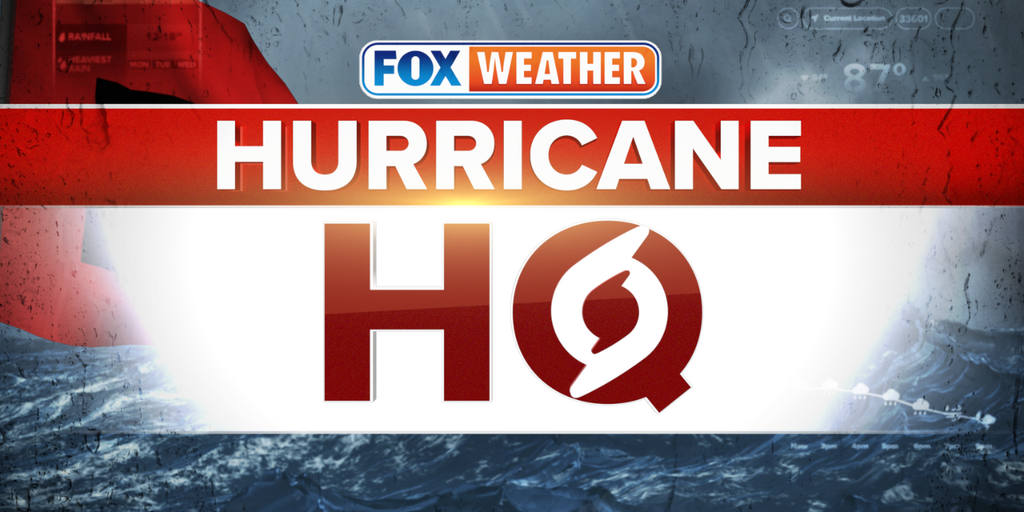Florida Braces for Heavy Rain as Tropical Trouble Looms Off Southeast Coast
This June, as temperatures rise and the summer sun blazes down on Florida’s sandy beaches, a more ominous threat brews just offshore. A cold front, pushed southward from the north, collides with warm, moist tropical air, creating conditions ripe for the sudden development of low-pressure systems. Meteorologists monitor the evolving weather dynamics and warn that storms may affect Florida in the days leading up to the 4th of July holiday—a time when families typically gather for vibrant celebrations.
The Perfect Storm: Nature’s Collision Course
“We see this scenario occur frequently in June, where opposing weather fronts create a volatile mix,” explains Dr. Marisa Caldwell, a climatologist at the University of Florida. “It’s fascinating how a cold front can interact with tropical air, allowing for rapid development of storms.” The National Hurricane Center has indicated that the region is under a blanket of uncertainty, with predictions varying about where exactly the low-pressure system might form.
As forecasters piece together this meteorological puzzle, they have noticed a wide potential development area that stretches from the northwestern Gulf of Mexico across Florida and into the Atlantic. While the early consensus shows low odds of a strong storm forming, the possibility of severe weather including heavy rain is very much in play.
Key Forecast Predictions
- Heavy rain is expected to begin across much of Florida, potentially lingering through the weekend.
- Storm systems may create localized flooding and disruption to outdoor holiday plans.
- The likelihood of development may change as new data comes in; vigilance is essential.
“The steering currents are forecast to be light, which means any system that develops could hang around for longer than expected,” notes David Harmon, a meteorological consultant with over two decades of experience in storm prediction. His analysis suggests that the nature of these systems can often lead to sudden and impactful weather changes, thereby warranting public caution.
A Ripple Effect on Communities
For Florida’s coastal communities, the potential impacts of these storms extend beyond weather forecasts. Businesses that thrive on summer tourism prepare for the unpredictable; beach rentals, local restaurants, and event organizers feel the pressure as forecasts roll in. The looming storm has Captiva Island’s restaurant owners on alert, preparing contingency plans should outdoor events shift indoors due to inclement weather.
“We’ve been through this drill before,” says one local diner owner, Jorge Rivera. “But, you can’t help it; the holidays are a time when we expect big crowds. Each storm season, we sit on pins and needles.” Rivera’s sentiment captures a broader anxiety—one that resonates throughout the Sunshine State. The ripple effect of hurricane seasons can be financially and emotionally taxing for those who rely heavily on seasonal tourism.
Recent Trends and Historical Context
The increasing unpredictability of tropical weather has prompted researchers to study historical data and patterns. A study by the Florida Institute for Oceanography has shown that storm frequency and intensity have increased over the past few decades due to climate change, raising concerning questions about future storms.
Dr. Caldwell reinforces the importance of understanding these patterns, stating, “Knowledge is power. Communities need to prepare, not just react. The historical data shows a trend, and it’s crucial for residents to remain informed.”
Severe Weather Beyond Florida
The tropics are not just a concern for Floridians; in the Eastern Pacific, Hurricane Flossie spins menacingly off the southwestern Mexican coast, threatening the region with severe flooding and mudslides. Tropical storm warnings have been issued as the storm approaches, raising alarms that echo the uncertainty felt along Florida’s coastline. Flossie’s path and degrading strength complicate matters, as its fringes could still affect coastal regions, albeit minimally.
“Despite Flossie’s weakening position, local authorities must be prepared for the worst,” states emergency management specialist Sarah Lopez. “It’s essential that communities remain vigilant and responsive, especially when warnings become uncertain.”
In this dual-threat scenario, both Florida and parts of Mexico find themselves preparing for nature’s unpredictable whims, driven by conditions that tie them together under a looming weather crisis.
Building Resilience in the Face of Uncertainty
For individuals and businesses alike, understanding preparedness strategies is vital. As forecasters issue warnings and suggest readiness, communities must adapt to ensure safety and resilience. Emergency kits, efficient communication channels, and quick response times are essential as storms threaten disruption. Local governments are creating initiatives to educate residents to be proactive rather than reactive.
“Resilience is about more than just surviving storms; it’s about thriving in the aftermath,” remarks Tim Barrett, a local government spokesperson. “We are fostering resilience through community engagement and resource availability, ensuring everyone knows what to do when the skies darken.”
As the 4th of July approaches, anxiety and anticipation coexist among Floridians, who want to celebrate their traditions yet remain wary of the storm season looming on the horizon. Whether the weather will descend into chaos or simply bring some much-needed rain remains to be seen, but one thing is clear: preparedness in the face of uncertainty is key, as the echoes of nature’s whims resonate through both land and sea.









